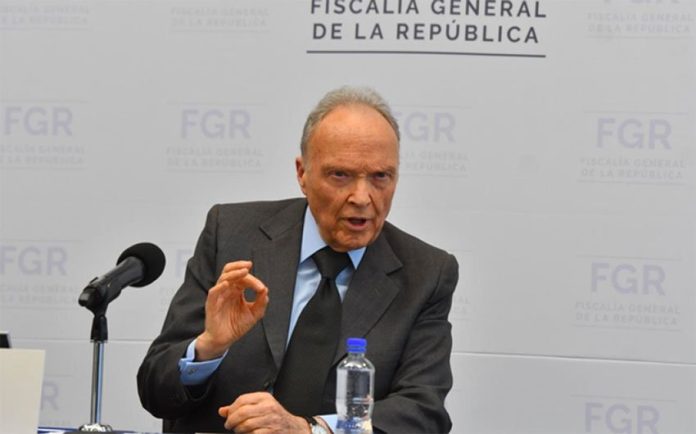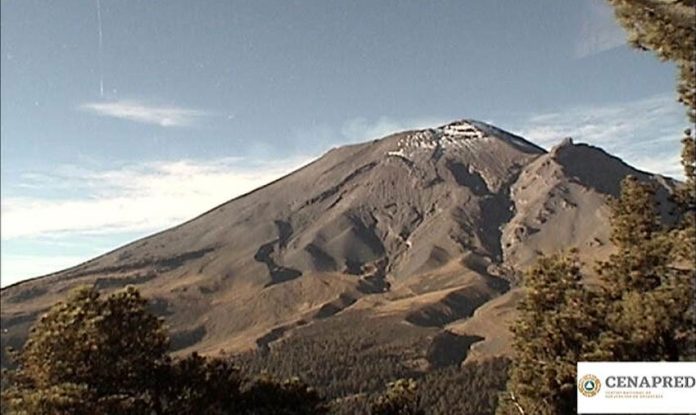Amid ongoing tension between Mexico and the United States, Foreign Affairs Secretary Marcelo Ebrard is in Washington today for the 49th Conference on the Americas alongside U.S. Vice-President Mike Pence and other government officials.
Ebrard will give an address on Mexico-United States relations, the new North American trade deal and Mexico’s foreign policy agenda, according to the official schedule for the event.
While the conference – which this year is titled Disruption and Transformation in the Americas – will focus on issues that affect the entire western hemisphere, Mexican and United States officials won’t have a shortage of bilateral matters to discuss should the opportunity arise.
With record numbers of migrants entering Mexico in recent months, most seeking asylum in the United States, migration continues to be a key – and contentious – bilateral issue.
Andrew Selee, president of the Migration Policy Institute in Washington D.C., said the discussion of migration will be a priority for Ebrard during today’s conference.
While there are signs that the number of Central Americans crossing Mexico to the United States will decline this month, migration continues to be a “hot-button issue,” he said.
Trade matters including the outstanding ratification of the United States-Mexico-Canada Agreement (USMCA), recent delays at the border and an ongoing dispute over tomatoes could also be on the agenda in any two-way talks between Mexican and U.S. officials.
The new trade pact was signed by the respective leaders of the three countries last November but must be approved by all three national legislatures before it takes effect.
The lower house of Mexico’s Congress last month approved a landmark labor reform package, legislation that is considered crucial for the ratification of the USMCA in the United States.
While the labor reform approval represented progress towards ratification of the USMCA, long wait times at the Mexico-United States border caused by the redeployment of U.S. border agents to deal with large numbers of migrants only served to complicate the relationship, and cost Mexican exporters millions of dollars.
Bank of America Merrill Lynch economist Stephen Juneau said in a report Friday that the delays are costing U.S. companies US $5.5 million a month.
Last week, the Mexican government said it was considering retaliatory tariffs for U.S. border slowdowns although foreign trade undersecretary Luz María de la Mora expressed confidence such a move won’t be necessary due to the dialogue Mexico has with Washington.
However, communication between the governments of the two countries was unable to stop the United States from imposing a 17.5% tariff on Mexican tomatoes starting today.
De la Mora said the new duties were the result of a failure to renew a 2013 agreement that suspended a U.S. anti-dumping investigation.
The United States said in February that it intended to withdraw from the Suspension Agreement on Fresh Tomatoes from Mexico after a 90-day notification period, which expires today.
Secretary of Commerce Wilbur Ross said at the time that the withdrawal decision followed complaints from United States tomato producers, including the Florida Tomato Exchange, that they are being undercut by Mexican imports.
Mexico exports around US $2 billion worth of tomatoes to the U.S. annually, according to de la Mora, meaning that the new tariff could cost producers US $350 million.
“. . . It’s expected that a lot of small and medium-sized exporters will be unable to cope with this heavy financial burden,” the Secretariat of Economy (SE) said in a statement.
“We’re very disappointed,” de la Mora said.
“But the good news is that negotiations continue, looking for a solution. And we hope that in the coming weeks we can in fact reach an agreement.”













